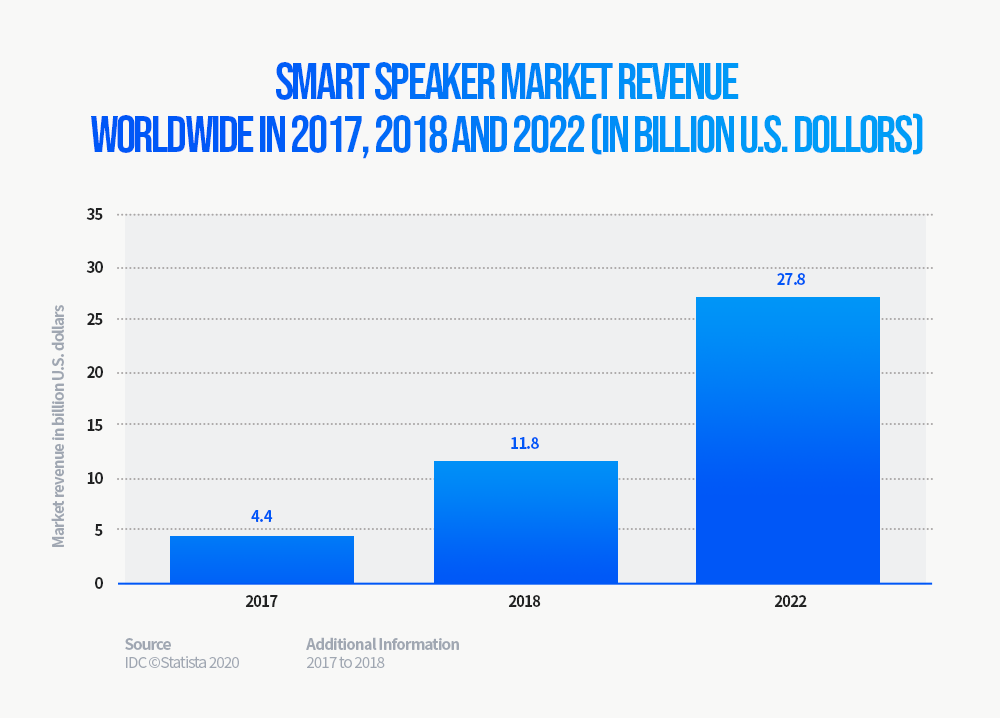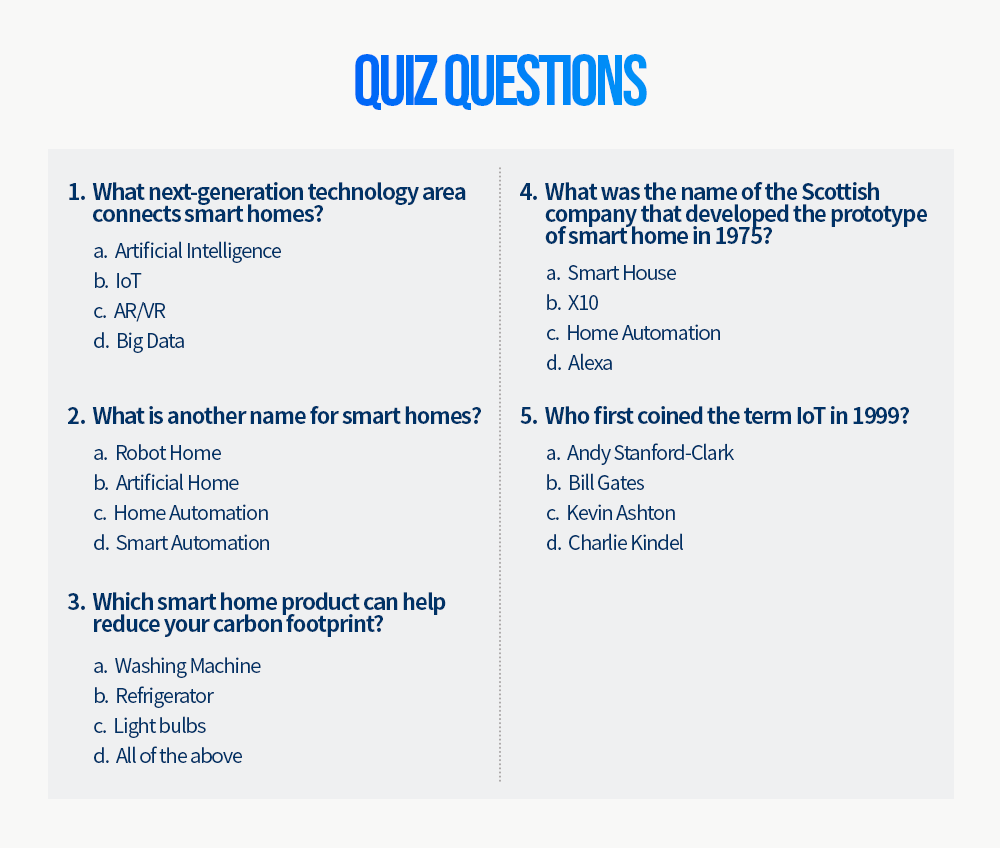The Invisible Memory series from SK hynix looks at the uses of semiconductor memory in our everyday lives – those seen and unseen – investigating the many invisible ways it enables the quick, convenient connectivity that fuels today’s fast-paced world.
Semiconductors connect the world as we know it. Running through every aspect of our lives – from business to fitness to entertainment – they power the lightning-fast connectivity we’ve come to expect from our devices and technology. They make our phones, homes and cities smarter, and allow us to push innovation forward. Semiconductor memory is a central piece of this connected experience, storing and processing the huge amounts of data we rely on to carry out the functions of our everyday lives.
Whether we realize it or not, a large portion of semiconductor memory is already within our homes. It lies in many of the smart applications we use at home, including home fitness devices, smart speakers, smart TVs, gaming consoles and more.
![]()
Home Fitness

Source: Peloton Press Site
You might not know it, but semiconductor memory plays an important role in the operation of popular connected fitness devices like Peloton and Mirror. These technologies merge fitness equipment with video streaming and data tracking to create an immersive at-home fitness experience.
But providing high-resolution, real-time video from live-streamed fitness classes and collecting user information like workout frequency, intensity and body mass index require a huge amount of data – and therefore memory to store and process it. Devices like Mirror, equipped with augmented reality (AR) features that can bring your fitness instructor to life, require even more sophisticated memory solutions.
Fitness trackers and health monitoring devices also need memory – using tiny memory chips like RAMs and ROMs to collect and manage data on everything from heart rate to steps taken to glucose levels. At the same time, data centers use much larger memory solutions to store the data from millions of users around the world.
Home Entertainment
Our Smart TVs and smart speakers rely on memory to transfer and process data through the cloud, whether it’s enabling our connection to the world of entertainment or working to process a voice command instantaneously. These smart devices bring us unlimited video and audio content at the tap of a button or at the sound of a word, therefore, they must have DRAM products – usually DDR3 or LPDDR4 – to process and command massive amounts of data and at incredible speeds. Twenty years ago, this range of capability was almost unimaginable – think about the VHS-player required to play a single videotape, compared to the millions of movies available today through your smart TV.

Over the next few years, the smart speaker market is will grow exponentially. According to Statista1, the worldwide revenue for smart speakers is expected to reach $27.8 billion, nearly 2.5 times from the revenue in 2018.
When it comes to gaming, clunky video gaming consoles might also become an item of the past. As 5G service develops and our computing technologies grow, “cloud gaming” is on the horizon. Cloud gaming gives players the ability to game – wherever and whenever – from any internet-connected device. Once again, it’s memory that makes this possible.
With cloud gaming, all of the data essential to real-time gameplay and playing with others is stored, processed and calculated within a central server – which adopts computing memories such datacenter-oriented enterprise solid state drives (eSSDs) – rather than on individual devices. This means that with such high-end NAND Flash solutions, players can enjoy high-spec games without a high-end computing system or a large storage capacity to install the data. All they need is a super-fast internet connectivity, a display screen, and a controller.
Home Convenience

Source: LG Signature
Beyond entertainment, many of us count on semiconductor memory to carry out our everyday needs around the house. From keeping our food cold to washing our clothes or regulating the temperatures of our homes, memory helps us get it done.
It might surprise you to hear that semiconductor memory actually plays a key role in temperature control in our refrigerators, washing machines and air conditioners. It stores and processes the data needed to manage these household systems. We even use memory in devices such as smart light bulb systems and smart home appliances that can be programmed and controlled from anywhere via WiFi.
Next Up: Smart Cities
We’ve talked about how semiconductor memory connects our homes – but how does it connect our homes to other homes and cities to other cities? As demand for mobile and computing devices like smartphones skyrockets around the world, SK hynix and other memory providers are working double-time to improve our DRAM and NAND Flash memory solutions to keep up.
Our next article in the Invisible Memory series will dig deeper into this topic and the ways in which memory keeps our cities running at lightning speeds, through 5G, IoT, AR/VR, AI, and automotive technology.
1Statista Research Department, “Smart speaker market revenue worldwide in 2017, 2018 and 2022”, Statista (2020)




